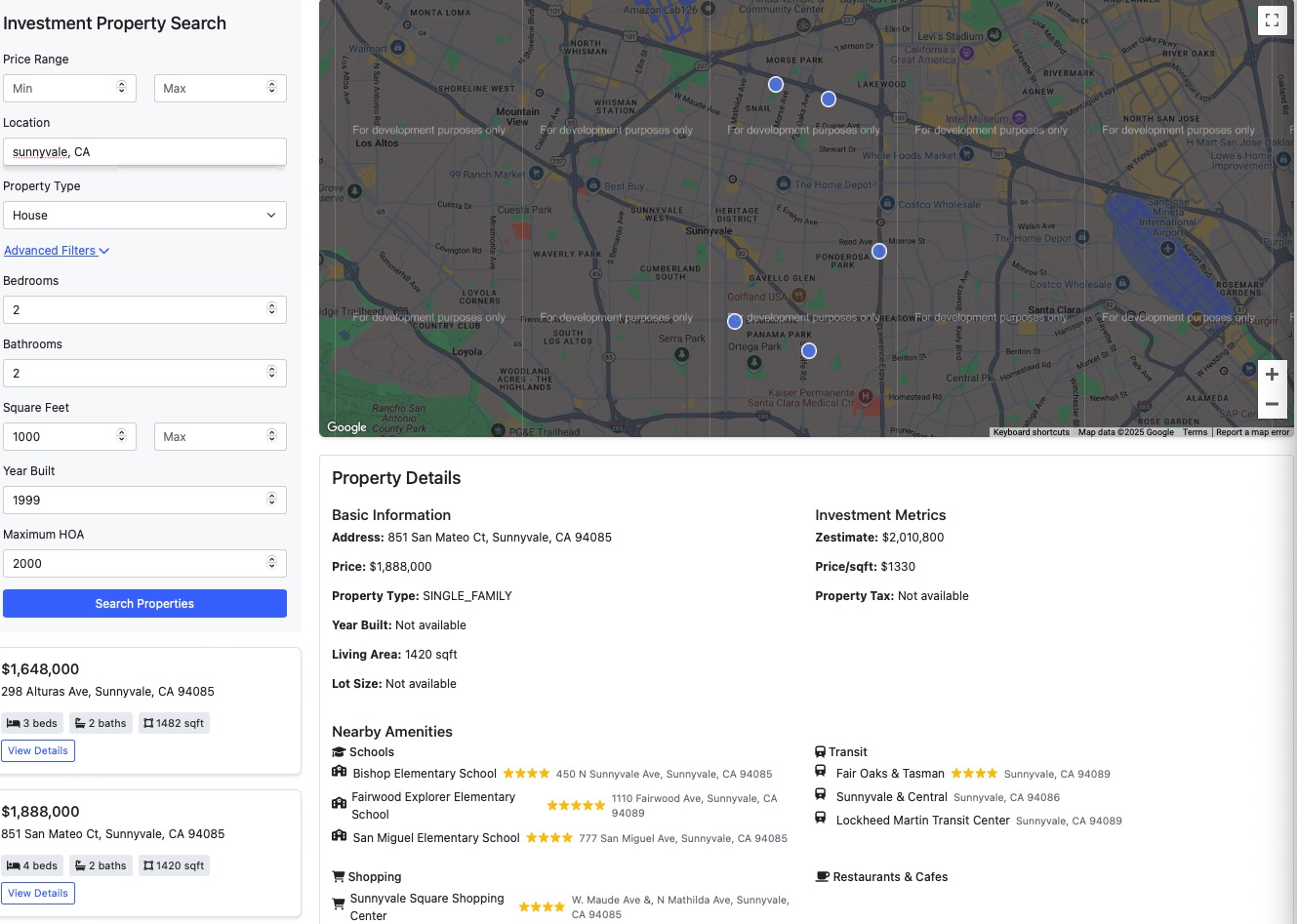[100-Day AI bootcamp] Day 1: AI-Powered Blog
![[100-Day AI bootcamp] Day 1: AI-Powered Blog](https://growgrow.s3.us-east-2.amazonaws.com/media/blog_images/4161736157861_.pic.jpg)
Creating a blog is a classic project for web developers looking to enhance their skills. By integrating AI tools, you can take your blog to the next level, offering features like content suggestions and automated postings. This guide walks you through building a simple blog using Django, enriched with AI functionalities.
Getting Started with Django
Django is a high-level Python web framework that encourages rapid development and clean, pragmatic design. To begin, ensure you have Python installed on your system. Use the following command to install Django:
pip install django
Setting Up the Project
Create a new Django project:
django-admin startproject ai_blog
cd ai_blog
Initialize a new app within your project:
python manage.py startapp blog
Add the new app to your INSTALLED_APPS in settings.py:
INSTALLED_APPS = [
# ...
'blog',
]
Defining Models
Create models to represent blog posts. In blog/models.py:
from django.db import models
class Post(models.Model):
title = models.CharField(max_length=200)
content = models.TextField()
created_at = models.DateTimeField(auto_now_add=True)
def __str__(self):
return self.title
Apply migrations:
python manage.py makemigrations
python manage.py migrate
Creating Views and Templates
Define views in blog/views.py:
from django.shortcuts import render
from .models import Post
def post_list(request):
posts = Post.objects.order_by('-created_at')
return render(request, 'blog/post_list.html', {'posts': posts})
Set up URLs in blog/urls.py:
from django.urls import path
from . import views
urlpatterns = [
path('', views.post_list, name='post_list'),
]
Include the blog URLs in ai_blog/urls.py:
from django.urls import path, include
urlpatterns = [
path('', include('blog.urls')),
]
Create a template blog/templates/blog/post_list.html:
Blog Posts
<!DOCTYPE html>
<html>
<head>
<title>AI-Powered Blog</title>
</head>
<body>
<h1>Blog Posts</h1>
{% for post in posts %}
<div>
<h2>{{ post.title }}</h2>
<p>{{ post.content|linebreaks }}</p>
<p><em>{{ post.created_at }}</em></p>
</div>
{% empty %}
<p>No posts available.</p>
{% endfor %}
</body>
</html>
Integrating AI for Content Suggestions
To enhance the blogging experience, integrate AI tools for content suggestions. One approach is to use OpenAI's GPT models via API to generate post ideas or even draft content.
Setting Up OpenAI API
First, install the OpenAI Python library:
pip install openai
In your view, add functionality to generate content suggestions:
import openai
openai.api_key = 'YOUR_OPENAI_API_KEY'
def generate_content_suggestion(prompt):
response = openai.Completion.create(
engine='text-davinci-003',
prompt=prompt,
max_tokens=150
)
suggestion = response.choices[0].text.strip()
return suggestion
Create a form in blog/templates/blog/new_post.html to create new posts
Need Inspiration?
AI Suggestion:
<!DOCTYPE html>
<html>
<head>
<title>Create New Post</title>
</head>
<body>
<h1>Create a New Post</h1>
<form method="post">
{% csrf_token %}
<label for="title">Title:</label><br>
<input type="text" name="title" id="title"><br>
<label for="content">Content:</label><br>
<textarea name="content" id="content"></textarea><br>
<button type="submit">Save Post</button>
</form>
<h2>Need Inspiration?</h2>
<form method="post" action="{% url 'generate_suggestion' %}">
{% csrf_token %}
<label for="prompt">Enter a topic:</label><br>
<input type="text" name="prompt" id="prompt"><br>
<button type="submit">Get Suggestion</button>
</form>
{% if suggestion %}
<h3>AI Suggestion:</h3>
<p>{{ suggestion }}</p>
{% endif %}
</body>
</html>
Update blog/views.py to handle content generation:
def new_post(request):
suggestion = None
if request.method == 'POST' and 'prompt' in request.POST:
prompt = request.POST['prompt']
suggestion = generate_content_suggestion(prompt)
elif request.method == 'POST':
title = request.POST['title']
content = request.POST['content']
Post.objects.create(title=title, content=content)
return redirect('post_list')
return render(request, 'blog/new_post.html', {'suggestion': suggestion})
Add a URL path in blog/urls.py:
path('new/', views.new_post, name='new_post'),
Database Integration with SQLite
Django uses SQLite by default, which simplifies setup. However, for production environments, consider using more robust databases like PostgreSQL.
Deploying Your Django App
Once your app is ready, deploy it using services like Heroku or any VPS provider. For hosting, consider using Interserver Webhosting and VPS, known for reliable VPS solutions. Check out their hosting plans he.... (Insert your affiliate link where '#' is.)
Enhancing Learning with Educative.io
For developers seeking a hands-on approach to learning, Educative.io offers interactive, text-based courses that can deepen your understanding of Django and AI integration.
Key Takeaways
- Django Framework: A powerful tool for building web applications efficiently.
- AI Integration: Leveraging AI APIs can enhance functionality and user engagement.
- Practical Application: Building projects like a blog solidifies learning and showcases your skills.
- Resource Utilization: Using platforms like Educative.io accelerates learning.
References
- Django Documentation. (2023). Writing your first Django app. Retrieved from https://docs.djangoproject.com/e...
- OpenAI API Documentation. (2023). Introduction. Retrieved from https://beta.openai.com/docs/int...
![[100-Day AI bootcamp] Day 8: Financial Data Assistant](https://growgrow.s3.us-east-2.amazonaws.com/media/blog_images/5321738902254_.pic.jpg)
![[100-Day AI bootcamp] Day 32: Flashcard Generator](https://growgrow.s3.us-east-2.amazonaws.com/media/blog_images/4421737105713_.pic.jpg)
![[100-Day AI bootcamp] Day 9: AI Resume Builder](https://growgrow.s3.us-east-2.amazonaws.com/media/blog_images/4231736341062_.pic.jpg)
![[100-Day AI bootcamp] Day 8: AI generated Children book web app](https://growgrow.s3.us-east-2.amazonaws.com/media/blog_images/4221736329152_.pic.jpg)
![[100-Day AI bootcamp] Day 7: Short Text social media App](https://growgrow.s3.us-east-2.amazonaws.com/media/blog_images/4211736248200_.pic.jpg)
![[100-Day AI bootcamp] Day 2: Building a Real-Time Chatroom with Django](https://growgrow.s3.us-east-2.amazonaws.com/media/blog_images/4201736241999_.pic.jpg)
![[100-Day AI bootcamp] Day 22: Movie Recommendation and Sentiment Analysis Web App](https://growgrow.s3.us-east-2.amazonaws.com/media/blog_images/4151736154176_.pic.jpg)
![[100-Day AI bootcamp] Day 12: Personal Diary App](https://growgrow.s3.us-east-2.amazonaws.com/media/blog_images/4571735986511_.pic.jpg)



Comments
Please log in to leave a comment.
No comments yet.